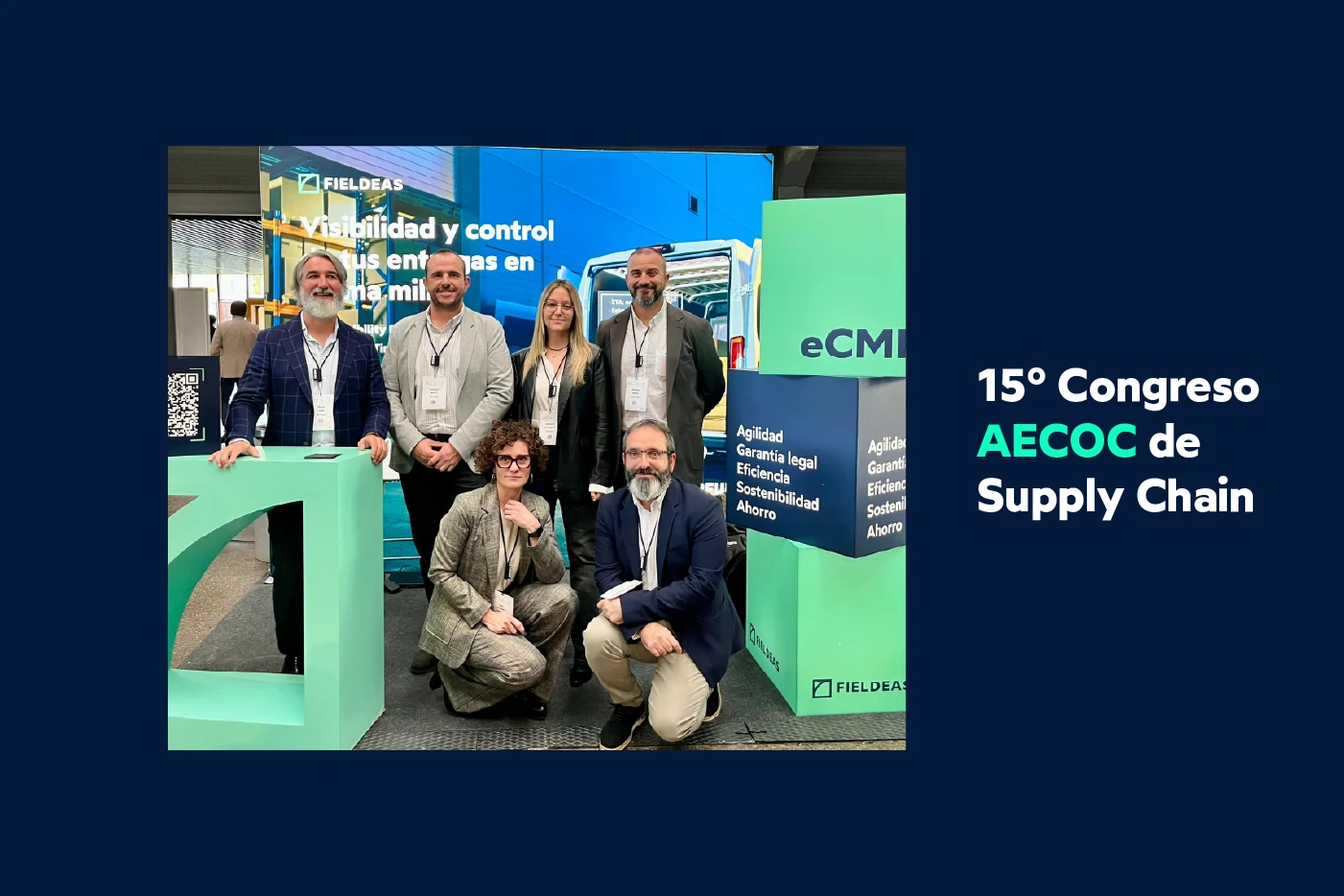The importance of visibility in cross-docking activities


For more than five years now, e-commerce has been a real driving force for logistics activities.
The online channel had a turnover of more than 48.4 billion euros last year in Spain, 25% more than in 2018, according to the National Commission for Markets and Competition.
In addition, records for the last quarter of last 2019 total revenue of €13,365 million, a new quarterly record, and 23.5% more than in the last three months of 2018.
This strong growth has been occurring for more than five years and implies far-reaching changes in logistics management.
Likewise, so far in 2020, the health crisis has introduced a series of profound changes in consumer habits.
These changes in demand have further accelerated the penetration of e-commerce in the country.
During the worst of the crisis, with the strict confinement measures of the state of alarm, some logistics operators have come to move more packages than during the peak periods of ‘Black Friday’ or Christmas.
This situation, according to experts, seems to have consolidated in a scenario in which uncertainty about future containment measures and new outbreaks of the disease seem to continue to drive the flow of demand towards the on-line channel.
In this context, e-commerce continues to gain market share in products in which it had a residual presence until a few months ago.
In addition, for some time now, the on-line channel is also expanding its area of operation, extending into smaller cities and even rural areas.
The speed at which the service flows required by e-commerce logistics are handled makes it necessary to use agile operations, adapted to shipments that are generally small in size and weight.
Similarly, all these services are directed to a very decentralized number of destinations, as they tend to correspond mostly to home deliveries.
In fast-moving activities, the chances of operational errors and loss of information about the goods increase.
This possibility occurs precisely at a critical moment, when the goods are very close to their final consignee.
This loss of information can occur in cross-docking activities in which shipments are deconsolidated on a ship’s own docks for distribution to a fleet of smaller vehicles for distribution at the city or regional level.
In addition, to complicate this operation, then most cases, cross-docking operations are carried out by several operators from multiple companies that converge in the same facilities. And the operators who coincide in a warehouse for the delivery of shipments are usually self-employed and are in charge of the last stage of delivery to the final recipient.
On the other hand, all these changes also translate into changes in the design of logistics platforms.
In recent years, there has been an increasing number of projects that tend to have two different halls.
One of them, the largest, is usually dedicated to conventional warehousing activities.
At the same time, other satellite ships are often used for quick exchange activities of goods, usually the fastest moving goods.
Cross-docking activities are carried out at these facilities at high speed, with deconsolidation of larger unit loads into smaller ones for the last leg of distribution.
All these circumstances often hinder the traceability of goods and demonstrate the need for a comprehensive visibility system.
Only in this way can the end customer be guaranteed full traceability of shipments, something that e-commerce users value more than the cost of services.
In this regard, FIELDEAS Track and Trace has further developed its solution by paying special attention to all the parameters that are recorded in the cross-docking operation.
The aim is to facilitate its use and group the information generated by the different actors in the supply chain in a single interface.
Now, the software offers the possibility of integrating the information generated by the autonomous vehicles that perform the last delivery leg to avoid any possible loss of key data at the moment when goods are exchanged between vehicles and warehouses in the cross-docking areas.
In this area, the software complements warehouse management systems where they do not reach, to the point of being able to offer near-unit visibility.
Specifically, with this new development FIELDEAS Track and Trace is able to offer even deeper and more detailed visibility of the supply chain, eliminating one of the most important blind spots along the supply chain.
On the other hand, the software also offers highly detailed traceability, in order to reduce errors and eliminate bottlenecks, something that can be frequent in a high-speed activity such as cross-docking.
Finally, the application also pays special attention to compliance with management indicators in this type of logistics operation, especially those related to punctuality in shipments or accuracy in order preparation.
In this way, the solution acts as an element that controls efficiency in operations and management indicators, without losing sight of customer service.

07 Nov 2025
Measuring to improve: why your digital form needs KPIs
In the current business scenario, where efficiency and traceability are key to competitiveness, the digital form has become an essential resource for capturing, organizing and analyzing data in real time….

04 Nov 2025
How to integrate eCMR into your company: A step-by-step guide to digitizing transportation
We have already talked several times in this blog about the importance of starting the digital transformation of transportation with document digitalization or eCMR. On this occasion, we are going…

31 Oct 2025
How digital forms drive sustainability in industry
Digital forms have gone from being a simple operational tool to become an essential component of industrial sustainability strategies. Beyond replacing paper, its use transforms the way organizations collect, manage…

29 Oct 2025
Supply chain challenges and the key role of digitization
The 15th edition of the AECOC Supply Chain Congress brought to the table the main challenges facing the supply chain in an uncertain, volatile and highly competitive environment. Under the…